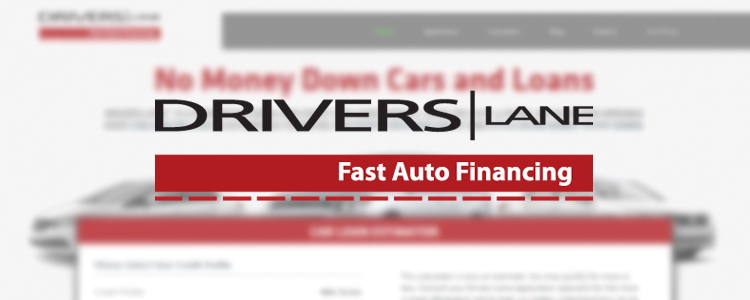When you refinance a car loan, you’re replacing your current loan with a new one. The purpose of refinancing is to qualify for a better interest rate to get a lower monthly payment so you can save money over the remainder of the loan. Let's take a look at the steps you need to take to get your auto loan refinanced.
5 Steps to Take to Refinance Your Auto Loan
In order to qualify to refinance your car loan, you need to have good credit. Or, if you originally took out a bad credit auto loan, your credit score needs to have improved since the loan began. Lenders like to see that you’ve been consistently making your monthly payment on time, which leads to a better credit score.
If refinancing your car loan is a viable option for you, you can prepare for the process by following these five steps:
 Check your credit – Know where your credit score stands and what’s listed on your credit reports. FICO is the most common scoring model used by automotive lenders, so this is the one you should aim to look at. See if your bank or credit card provider offers free access to your FICO credit score. If they don't, you may have to pay a small fee to get it from the credit bureaus or directly from FICO at www.myFICO.com. The three major credit bureaus are Experian, Equifax, and TransUnion. They compile your credit reports, which you can request for free once every 12 months from each of them at www.annualcreditreport.com. Check them over to make sure that all info is accurate, and dispute any errors with the reporting credit bureau(s) immediately.
Check your credit – Know where your credit score stands and what’s listed on your credit reports. FICO is the most common scoring model used by automotive lenders, so this is the one you should aim to look at. See if your bank or credit card provider offers free access to your FICO credit score. If they don't, you may have to pay a small fee to get it from the credit bureaus or directly from FICO at www.myFICO.com. The three major credit bureaus are Experian, Equifax, and TransUnion. They compile your credit reports, which you can request for free once every 12 months from each of them at www.annualcreditreport.com. Check them over to make sure that all info is accurate, and dispute any errors with the reporting credit bureau(s) immediately.- Research interest rates – Put yourself in a better position to refinance by finding out what interest rates people with similar credit scores as you are qualifying for. This allows you to determine whether or not you're getting a fair deal when you're applying to refinance.
- Gather vehicle information – Make sure you're aware of the VIN number, year, make, model, and mileage of the car you're trying to refinance. Your future lender is going to need this information soon.
- Request a payoff quote – Request a 10-day payoff amount from your current lender. The payoff amount includes the additional interest charges since your last loan statement. Next, use vehicle valuation sites, such as Kelley Blue Book or NADAguides, to get an estimate of your car's book value. You can then determine how much equity you have by taking your vehicle’s payoff amount and subtracting it from the book value. If the value is positive, you have equity (meaning your car is worth more than the loan amount) and are able to qualify to refinance. If the answer is a negative value, you have negative equity and owe more than the vehicle’s book value. If this is the case, you need to pay the difference because lenders don't allow you to refinance with negative equity.
- Apply with many different lenders – We recommend that you rate shop to find the best refinancing deal. Get quotes from at least three different lenders to compare. Lenders often have different requirements, so one may be able to offer you a better interest rate than another. If you complete your rate shopping in roughly 14 days, all hard inquiries made for the same type of credit only count against your credit score as one single hard inquiry.
The Bottom Line
Drivers Lane can't help you refinance your auto loan, but we do specialize in helping people find car loans by matching them to local dealerships. We work with a nationwide network of special finance dealers that are experts at working through unique credit situations like bad credit, no credit, and bankruptcy.
Forget the hassle of driving all over town looking for someone who can help you. By filling out our free auto loan request form, you can start the process of getting connected to a dealership near you from the comfort of your own home.


















